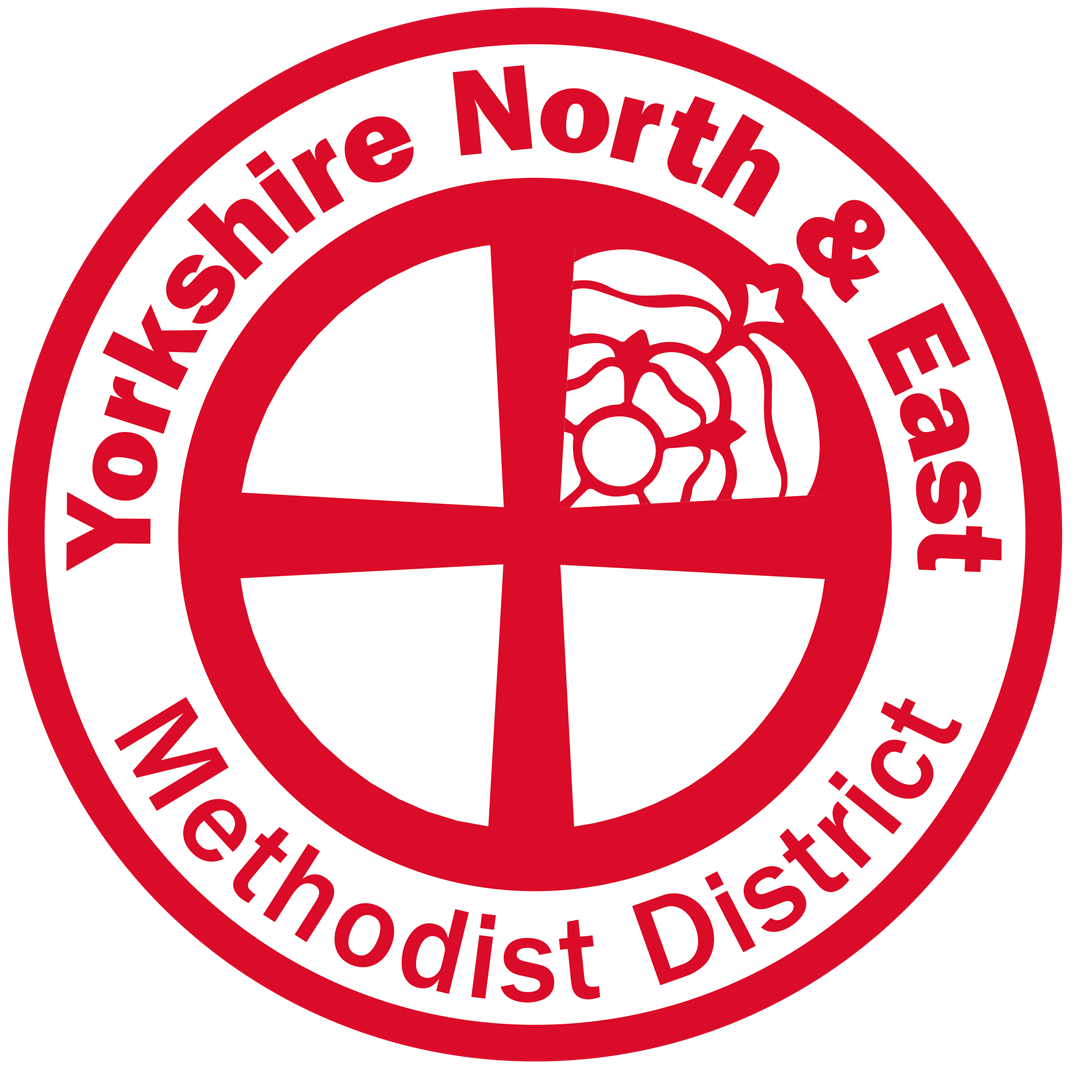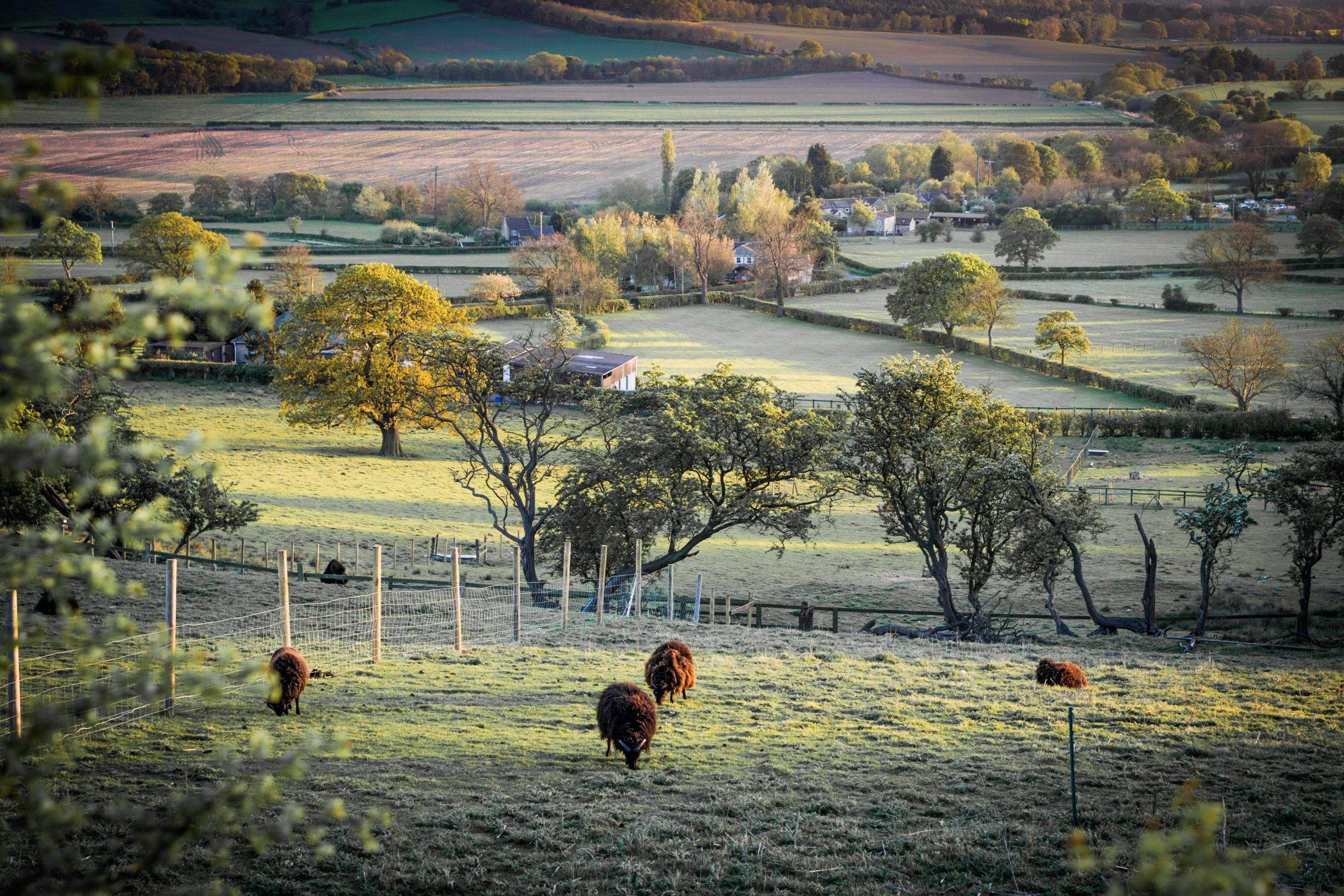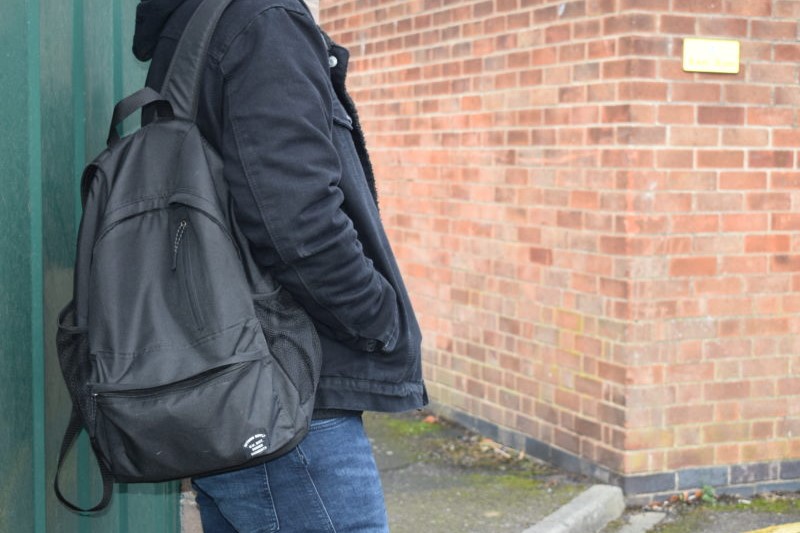RURAL HOMELESSNESS
Rural homelessness can look very different to homelessness in large towns and cities. Although the root causes of homelessness are similar wherever it is experienced, a striking feature of homelessness in the countryside is its lack of visibility, which can lead people to believe that the problem does not exist across their communities.
It’s very difficult to count just how many people in rural areas are experiencing homelessness. One problem is that the dispersed nature of rough sleeping in rural areas makes quantification difficult, with people tucked away in places like garages, sheds and out-houses, churchyards, barns, parks, fields and woods. A few years ago a study of rough sleeping in North Lincolnshire identified much higher levels of this form of homelessness than official counts suggested was the case, and set out a number of ways that rural communities could help to identify levels of homeless in their areas. Closer to home, and much more recently, Ryedale District Council highlighted exactly this issue across some of the rural parts of Yorkshire North and East Methodist District. Between July 2019 and January 2020 this council identified thirty individuals who were at risk of rough sleeping or had actually slept rough in Ryedale and worked with them to resolve their homelessness. In that time period official statistics noted one rough sleeper across Ryedale’s area[i].
Another feature of homelessness in the countryside is that people are more likely to be doubling up with other households by staying with friends or family compared with urban areas. Again, this makes it difficult to appreciate the numbers involved. Often described as ‘sofa surfers’, this group are living in very precarious and temporary housing circumstances, and their experiences have only been made worse by the lockdowns due the Covid19 pandemic.
Overlaying the problem of homelessness is the very limited availability of affordable housing in rural areas and the high demand for housing that pushes house prices and rents way beyond the reach of many people on modest incomes. The latest York, North Yorkshire and East Riding Housing Strategy highlighted the extent to which house prices were above the level which would be considered ‘affordable’ for households on lower incomes. House price to income ratios were particularly high in the rural areas of Richmondshire, Ryedale, Hambleton and Harrogate, as well as North York Moors National Park.
Tackling homelessness and the wider affordable housing shortage in rural areas has led to some truly innovative and specialist approaches. A feature of this response is an emphasis on the way that rural communities themselves can take the lead as part of the solution, and this includes ongoing activity across North and East Yorkshire. One of the distinctive approaches that has emerged in recent years is the role of Rural Housing Enablers. These specialists provide independent support and advice to local communities and provide a link for communities with other parties such as developers and the local authorities. Rural Housing Enablers are a tremendous resource for people in the countryside who want to take forwards affordable housing within their communities, and this includes the rural areas of our District.
Examples have emerged across the country in places like Keswick, Ambleside and Hale that demonstrate the role that Methodist churches can play in supporting affordable housing. These examples are inspiring because they show that in spite of the barriers and complexities involved, we can be part of a future that helps to sustain vibrant village and market town communities for people whatever their background or income.
[i] See page 35 of Ryedale’s latest draft homelessness and rough sleeping review and strategy, 2020-2025
This is part of a series of blogs in the run-up to the Sleep Out For Homelessness event on January 23rd 2021 being run by our District Children and Youth team. Find out more about the Sleep Out for Homelessness event here: www.yorkshirenemethodist.org/district-youth/sleep-out




